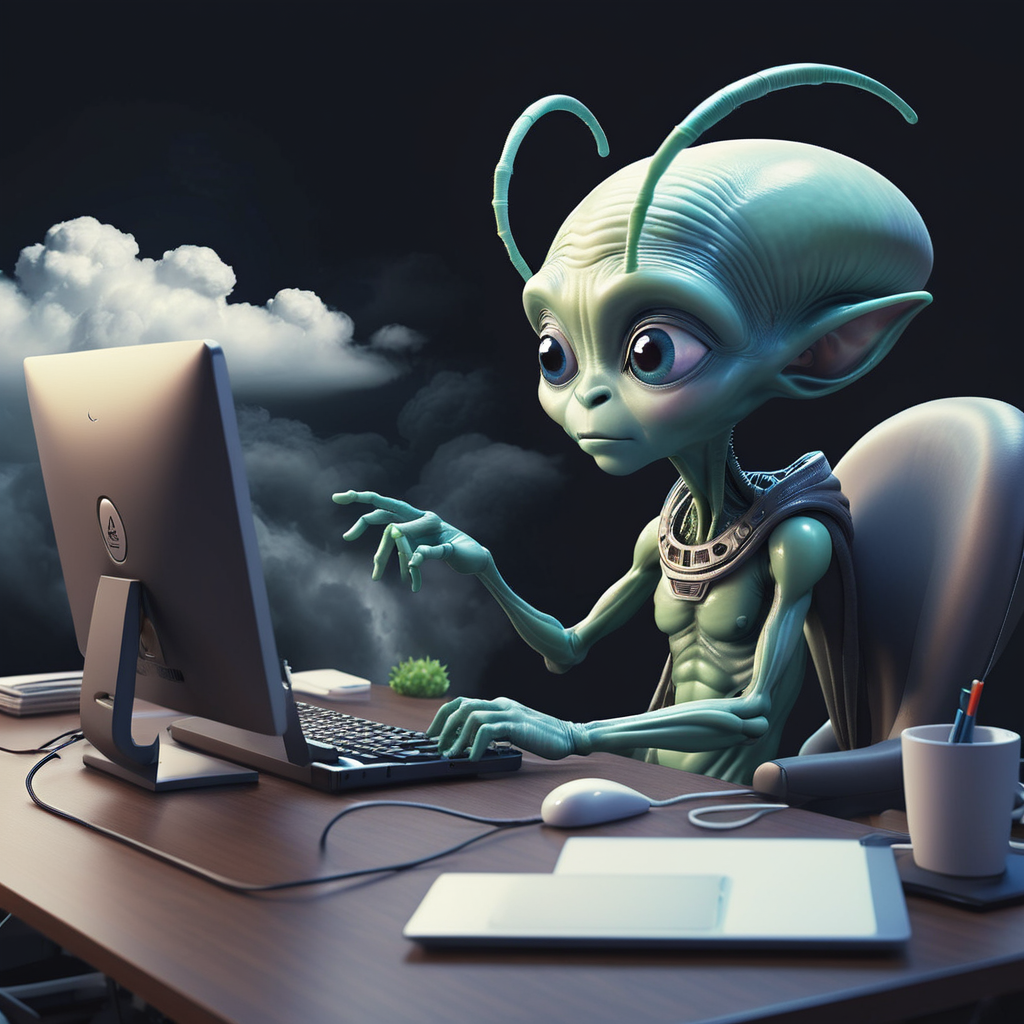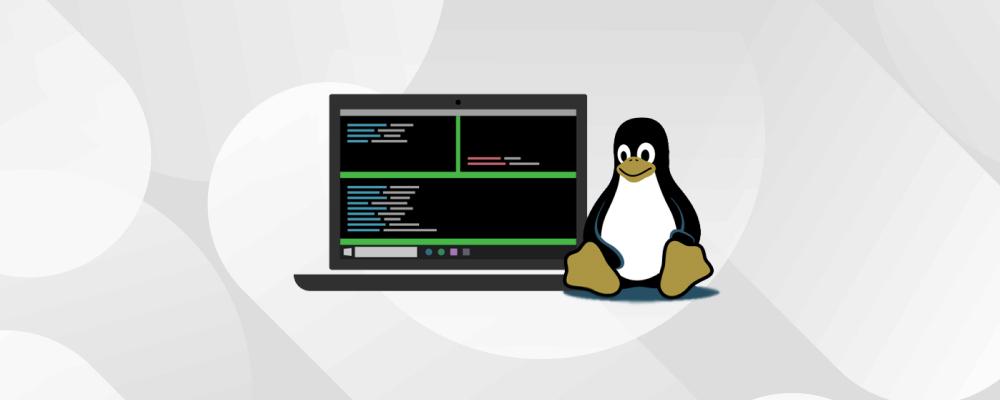Linux Through Time: From Inception to Open-Source Powerhouse
 Manasvi Gade
Manasvi Gade
We use computers every single day, from desktops and laptops to tablets and smartphones, but often we don’t give a second thought to how they actually work. The devices we use have become second nature, almost like the air we breathe—essential yet unnoticed.
When you look at your windows pc , mac or linux machine and indeed your android or ios device you are looking at the collective sum total years of software and hardware progress and development to reach the current look and feel you see before you. So in many ways the features we take for granted were in one day very alien concepts to those early computing pioneers.
The essential devices we rely on everyday owe their existence to the underlying operating systems that make them tick. These operating systems are the unsung heroes, working tirelessly behind the scenes to ensure we interact with our devices seamlessly.
Among the commonly used operating systems today, Unix is indeed one of the oldest. It was developed in the late 1960s and early 1970s at Bell Labs. While many modern operating systems, like macOS and Linux, have their roots in Unix, Unix itself remains one of the earliest and most influential operating systems in computing history.
Unix revolutionised computing with multitasking and multi-user capabilities, making it ideal for complex environments. Its portable design allowed easy adaptation to various hardware, a groundbreaking at that time. Unix introduced a hierarchical file system, setting a standard for file organisation. Additionally, it featured modular tools that could be combined in scripts for complex tasks, highlighting its versatility and efficiency.
Now fast forward to the groovy 70s and 80s, and Unix was on fire! It was like the cool kid in school—everyone wanted a piece of it. Big names like IBM, Sun Microsystems, and HP were all putting their spin on Unix, creating their own flavors like AIX, Solaris, and HP-UX. It was like a Unix buffet, with flavors for every taste.
Enter Linux—The Ultimate Underdog
But just when you thought Unix had it all figured out, along came a scrappy little upstart named Linux.
In 1991, Linus Torvalds, a Finnish computer science student, sought to create a free and open-source alternative to the proprietary UNIX systems available at the time. Torvalds' dissatisfaction with the limitations of MINIX, a teaching-oriented operating system, fueled his desire to develop something better.
Torvalds began his project by developing the Linux kernel, the core part of the operating system responsible for managing hardware and system resources. He released the first version of the Linux kernel (0.01) in September 1991, inviting contributions from the global programming community. This collaborative effort marked the beginning of a new era in software development.
While the Linux kernel, created by Linus, is a vital part of the operating system, it is not a complete system on its own. The kernel is responsible for managing hardware resources and system calls, but it requires additional software to provide a fully functional user environment. This is where the GNU tools and utilities come in.
The GNU Project
Richard Stallman launched the GNU Project in 1983 with a bold mission: to create a completely free and open-source operating system. GNU, a recursive acronym for "GNU's Not Unix," aimed to provide an alternative to proprietary systems. Stallman, concerned about the proprietary software trend, championed the idea that software should be free to study, modify, and share.
The GNU Project developed key components essential for a complete OS:
GNU Compiler Collection (GCC): Compilers for various programming languages.
GNU C Library (glibc): A library providing essential system functions.
GNU Bash (Bourne Again Shell): A robust command-line shell.
GNU Core Utilities: Basic file, shell, and text manipulation tools.
These tools were the nuts and bolts of the system, enabling users to interact with the OS, compile code, and manage files.
It is important to note that, even if we are simply talking about “Linux” to refer to an operating system, most of the community advocate the use of the whole name “GNU/Linux” for the system, since Linux is just the name of its kernel and many of the other elements that make up this OS have been developed by the GNU Project. for example, Android mobiles use variants of the Linux kernel, but the rest of the elements that make up the whole system are customized for mobile use and are not GNU components**.**
Before Linux, the GNU Project had already developed a significant portion of the software needed for a Unix-like operating system. However, they were missing one critical component: the kernel. The GNU Project was working on its own kernel, called Hurd, but it was not ready for production use.
When Linus Torvalds released the Linux kernel in 1991, it filled this crucial gap. The Linux kernel, combined with the existing GNU tools and utilities, resulted in a complete, functional, and free operating system.
This partnership was a turning point in the history of free and open-source software, demonstrating the power of collaborative development and community-driven projects. The GNU Project's philosophy of software freedom and the practical implementation of the Linux kernel together have had a profound impact on the software industry, leading to the widespread adoption of open-source software
Subscribe to my newsletter
Read articles from Manasvi Gade directly inside your inbox. Subscribe to the newsletter, and don't miss out.
Written by
